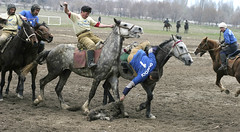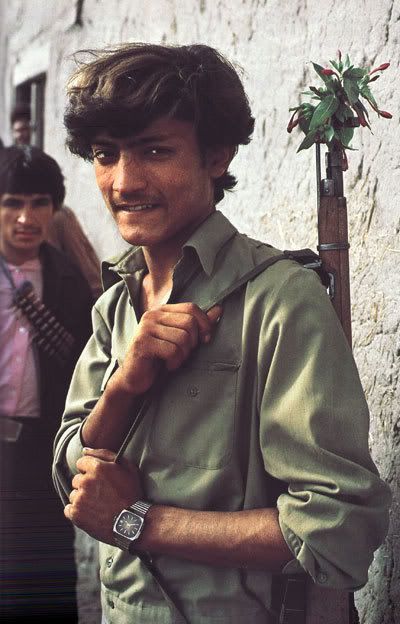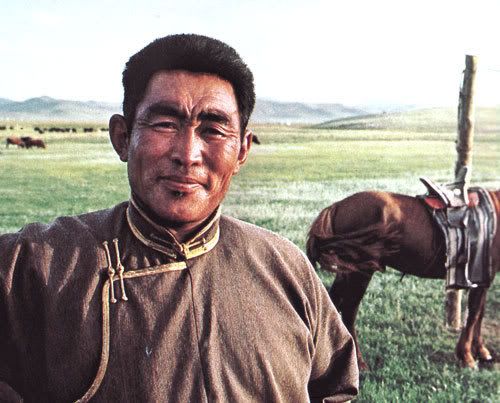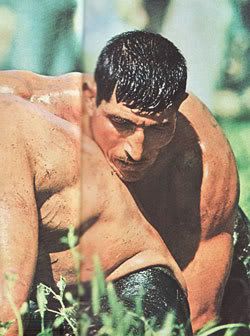
Japanese troops save an elderly man whose hometown has been destroyed by the Sendai earthquake and tsunami, magnitude 8.9, on 11. March 2011.
We have been following the news from Japan (live stream here: http://www3.nhk.or.jp/nhkworld/), and our thoughts go out to all the brave people, civilians and officials, who are doing their best to save lives in the greatest earthquake in recent Japanese history. Earthquakes happen all over the world, and we include here some photos of rescue operations during the last 5 years in Asia.
South Korean rescue workers and dogs arrive in Japan. Source: AFP

Source: Reuters. More images at Tagesschau.de (http://www.tagesschau.de/multimedia/bilder/erdbebenjapan122.html)
In 2008, a devastating earthquake struck Sichuan Province in China. Here, the famous pandas of the Chengdu Research Base of Giant Panda Breeding are being rescued.
The toll on human life was much greater. At least 68,000 people were killed in the 8.0 Ms quake centered on Wenchuan County on 12 May 2008.
In contrast to the numerous photos from Japan and China, it is slightly more challenging to find material from the Central Asian countries that have also been suffering from earthquakes during the last decade. These countries have also received less news coverage, globally. Above, rescue workers from the Kyrgyzstan Red Crescent Society pose for a group photo in the Alai region of Osh City in 2008. The town Nura and the village Kura were completely destroyed in the magnitude 6.6 earthquake that was felt in in Tajikistan and Xinjang Uighur as well.
Unicef specialist Yang Zhenbo among schoolkids in Sichuan after the earthquake 2008. (Source: Unicef)
And life goes on. See Claudia Janke's impressive photo series after the earthquake in Pakistan 2005. People rebuild their homes and even have time for a quick smile in spite of their difficult circumstances. But healing takes time and comes with a heavy cost - that's why international mutual help and aid always will be necessary.
EDIT: In 2010, the Yushu earthquake hit the Tibetan plateau with a magnitude of 7.1 Ms. Don't miss these images of Tibetan monks as rescue workers.
(The comparison is pretty pathetic, but Ainur has only experienced one "real" earthquake in her life and can only marvel at the survival stories above. Please correct any mistakes you can spot in this post, as it was written in a great hurry and emotional turmoil.)


















































